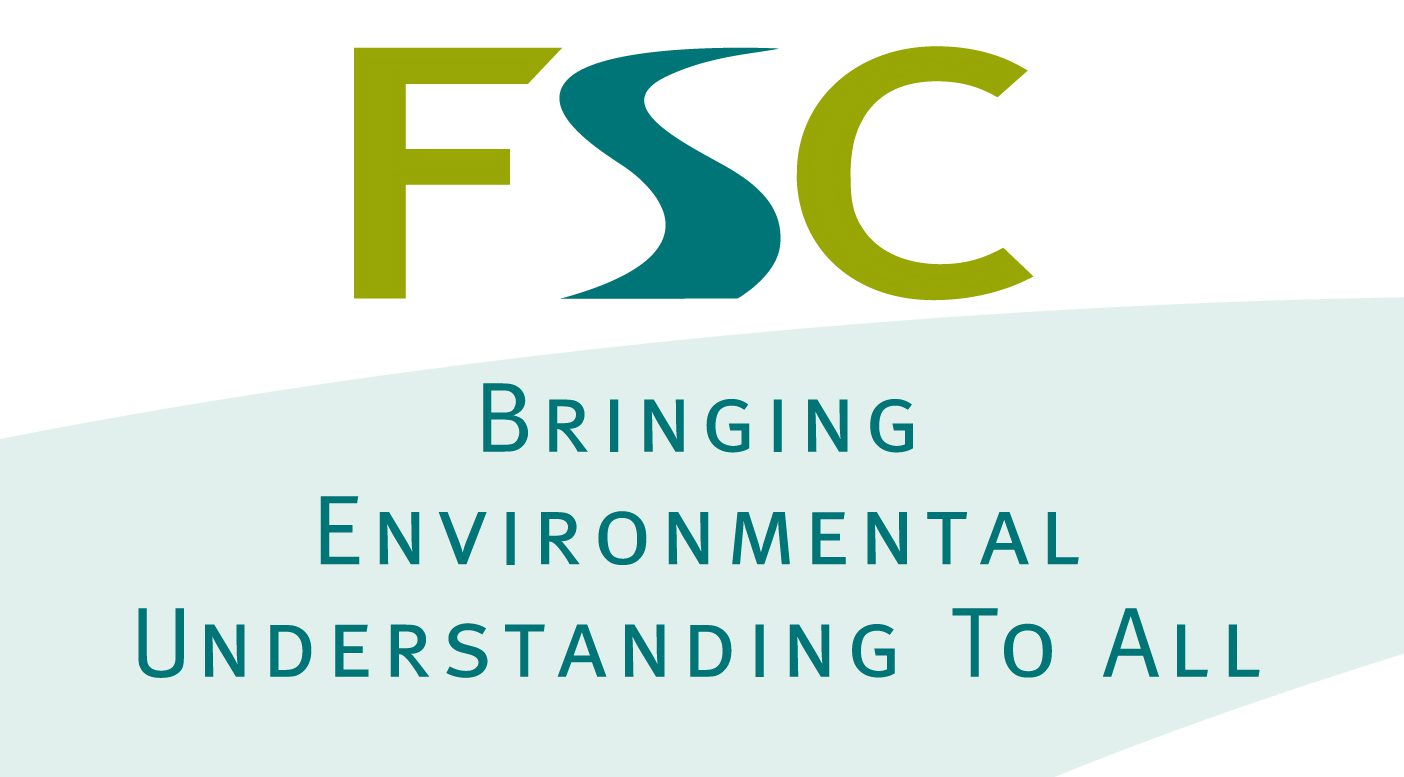By Rowena
In the news last week, something that’s been creeping up for a while- Atmospheric carbon levels. It’s something I’ve been watching for the past few months, while I’ve been developing our new carbon day resources. The Guardian‘s released a new article (that’s all a bit doom & gloom) which states apparently, we’re never going back below 400PPM.
So what does that number even mean? NASA puts it best, so I’m going to quote them;
Data are reported as a dry air mole fraction defined as the number of molecules of carbon dioxide divided by the number of all molecules in air, including CO2 itself, after water vapor has been removed. The mole fraction is expressed as parts per million (ppm).
Carbon dioxide levels have been increasing over the past 50 years, from around 319PPM 50 years ago, to 386PPM 5 years ago, to the current number of 402.25PPM. Quite the exponential increase. If you’re anything like me, those figures are easier to imagine as a graph;

Graphic from NASA
September should have a low atmospheric carbon number because plants have been photosynthesising away all summer, removing carbon from the atmosphere. During winter there’s still some photosynthesis (evergreen plants, and plants in the Southern hemisphere), but not quite as much- because the Southern Hemisphere has a lot more ocean surface than the Northern Hemisphere, so it doesn’t have quite as much effect on carbon levels.
How does atmospheric carbon affect us?
- Global warming (more carbon, more warming, more ice caps melting, and positive feedback loops)
- Sea level rises (due to that ice cap melting)
- Species & habitat loss
All a bit depressing, really. The Guardian have gone a bit dramatic with their headline…
The world passes 400ppm carbon dioxide threshold. Permanently.
It’s probably not permanent. Although we’re at 400ppm for now, there are loads of ways to reduce it- and atmospheric carbon levels fluctuate yearly. Next year, there’ll be a whole different number on the table. Countries all over the world are trying to reduce carbon production by reducing food waste, charging for plastic bags, banning single-use plastics and improving public transport, transferring to renewable energy. Environmental companies and charities are springing up all over, offering eco-friendly resources. Ecosia is a new search engine that plants trees as you search the web (my new favourite!) So maybe it’s not so bad after all.


